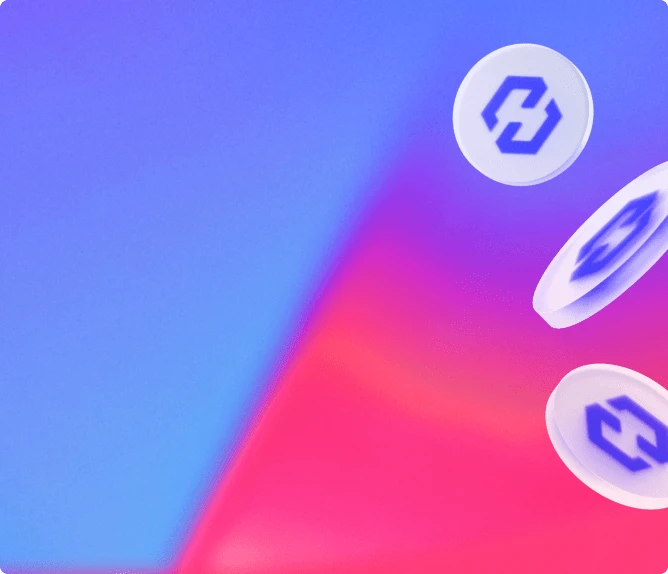Investing in crypto-assets carries risks of liquidity, volatility, and partial or total capital loss. Crypto-assets held are not covered by deposit and securities guarantee mechanisms.


Sign up for our newsletter
Partners
Coinhouse
Our accounts
Coinhouse
Coinhouse SAS with a capital of €210,000, RCS Paris 815 254 545, headquarters: 14 Avenue de l'Opéra 75001 Paris – support@coinhouse.com. Registered with the AMF for activities related to the purchase/sale of digital assets against legal tender, the exchange of digital assets for other digital assets, and the custody of digital assets for third parties under the registration number: E2020-001.
Coinhouse payment solutions
Company registered with the Paris RCS under the number 914 384 557, registered with the Prudential Control and Resolution Authority as a payment service agent under the number 727503 of the electronic money institution Treezor, headquartered at 33 Avenue de Wagram, 75017 Paris.
General conditions, disclaimers and legal documents.


3 November 2022

Open an account
Halving is an essential phenomenon of the Bitcoin protocol, which takes place every four years or so.
It consists in halving the reward given to Bitcoin miners who register new blocks on the blockchain.
How does it work and what is it used for?
Coinhouse introduces you to this fundamental term in the world of Bitcoin.
The origins of halving
The Bitcoin protocol contains a number of rules written into its code that cannot be broken.
The first of these is the limit on the number of Bitcoins: there will never be more than 21 million Bitcoins in circulation.
It is this notion of scarcity that makes bitcoin so valuable.
It is generally estimated that these 21 million bitcoins will be issued in 2140 – although the exact date is unknown to everyone.
How is this estimate made?
Crypto-assets established on proof-of-work algorithms are produced by miners who operate one or more nodes with the aim of receiving a reward.
Originally, the Bitcoin network’s initial block reward was 50 BTC.
But a special clause in the protocol, another rule that cannot be transgressed, causes this reward to decrease over the years: this is halving.
How does halving work?
Every 210,000 blocks, the miners’ reward for maintaining the Bitcoin network is halved.
Halving therefore serves a dual purpose: it limits the quantity of new Bitcoins in circulation on the network, and ensures the longevity of the blockchain.
Since a new block is created every ten minutes on average, halving generally corresponds to a duration of four years.
There’s nothing you can do to prevent halving, as it’s built into the crypto-asset’s source code: rewards are automatically halved when halving occurs.
What were Bitcoin’s halving points?
So far, there have been three halvings in the history of Bitcoin, since the launch of the first block – the Genesis block – on January 3, 2009, which instituted a reward of 50 BTC per new block:
The next halving of Bitcoin should therefore take place in 2024.
Continuing at the same rate of halving every four years or so, the last Bitcoin would be mined in 2140.
What impact will this have on the network?
Regulating the number of bitcoins in circulation and the rewards for miners are the two main consequences of halving.
But halving can also have a significant impact on the price of a crypto-asset: the number of bitcoins produced becomes rarer, and consequently its price rises.
A law of supply and demand that significantly boosted the price of bitcoin during the first three halves, even creating a veritable “bull run” for bitcoin.
The fluctuations of the last few halves are proof of this:
The changes included in the halving © Coinmarketcap/Capture d’écran Concrete upward trends have thus taken place with each halving: remember the date of the next one, in the spring of 2024, to see the markets panic and Bitcoin take off again!
Share the article

